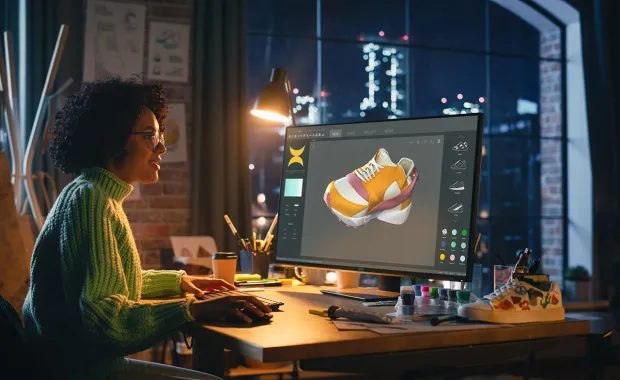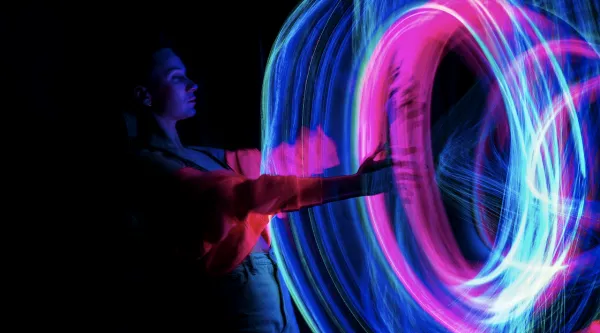Just two years ago, the metaverse was at the very start of its hype cycle. Collectively we explored what it is, its enabling technologies and the value it can unlock for organisations. As we enter 2024, I wanted to share an update on how thinking about the metaverse is evolving as we see it maturing and how visualisation can unlock organisational value.
Unlocking consumer value
One of the earliest views of the metaverse was as a gamified virtual world. Many examples used to explain the metaverse e.g. Decentraland, Roblox, and Second Life are colourful and visual worlds, often with brand tie-ups to reach a particular demographic. The idea is that communities come together around a common theme or game hosted in one of the metaverse applications and share experiences.
Business to consumer (B2C) organisations typically generate brand awareness through these tie-ups, both from a PR perspective and through user interactions and revenue through ticket sales or digital assets.
Unlocking employee value
Both business to business (B2B) and B2C organisations continue to explore and implement metaverse-style virtual environments to enhance employee, partner and supplier collaboration. These environments allow avatars to join, collaborate on a 3D object potentially using augmented reality. CGI built our Meta Hub to onboard new joiners to CGI in a 3D world based on our London office which allows geographically diverse employees to come together with our leadership team as avatars.
For all organisations virtual collaboration improves employee experience, differentiates your employer brand and can reduce internal travel and the associated carbon impact.
Unlocking organisational value
Perhaps the next key phase of 3D worlds for all organisations is the digital visualisation of organisational assets including buildings, machines and complex networks which can unlock a multitude of benefits. This is also known as the industrial metaverse. Visualisation and associated analytics include scenario modelling, predictive maintenance and the ability for enhanced insights which enable real-time problem solving. Imagine a city-wide visualisation of traffic flow which blurs physical and digital. Based on real-time information which could be interrogated and used to model signalling changes, alternate real-time route signposting.
This has obvious benefits for improving public realm, reducing car emissions and unlocking both operational value for councils and public users across the city.
Convergence of enabling technology
All the above scenarios rely on enabling technologies such as Internet of Things (IoT), edge compute, cloud, augmented and virtual reality, machine vision and digital twin. Artificial intelligence (AI) enables greater predictive capabilities and can help spot patterns for enhanced decision making. Enhanced connectivity may be a requirement to transfer large quantities of data at low latency. Our conversations with clients about these technologies always start with the value their organisation is trying to unlock, of which visualisation has a key part to play.
Where to start
We help organisations unlock value from visualisation by defining ambitions and target value outcomes, which may include unlocking new revenue streams, driving margin improvements or delivering real time and predictive operational insights. Please get in touch if you’d like to find out more or would like to discuss this area further.






